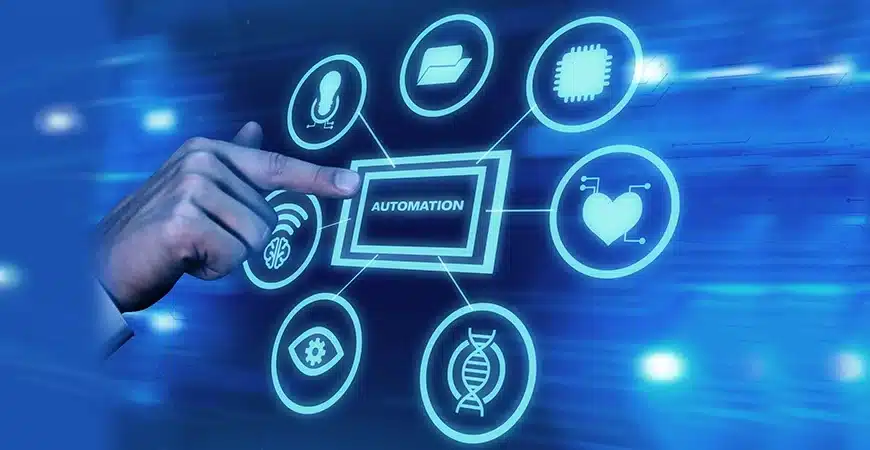Enterprise BPA solutions can be used to help businesses manage their customers better and improve the experience for everyone. For one, BPA can help gain greater insight into customers and their interaction with their brand by analyzing data and turning it into rich insights—allowing them to create a better experience for them.
Customer service has become more important than ever before. Today’s consumers are more empowered than ever before, thanks to the internet and mobile apps. They can access information and make purchases with a few taps of their fingers. As a result, businesses have had to step up their game in order to provide an exceptional customer experience that leaves customers feeling valued, appreciated and satisfied. And if you look closely at the brands that are winning the game, they’re doing so by using business process automation (BPA).
5 ways to supercharge customer service with BPA
Many people still inaccurately assume that BPA is only useful for automating lower-level tasks and not capable of smart processes. But this couldn’t be further from the truth! Business process automation is actually one of the most effective ways to improve customer service, especially when it comes to providing exceptional experiences. Here are five ways BPA can improve your customer service experience.
1. Predictive analytics
Predictive analytics is a way of using data to predict the future. It’s used in many industries, including healthcare, financial services, and retail. Predictive analytics can be used to predict customer behavior, customer preferences, and customer needs.
If you use predictive analytics correctly, it can help improve your business processes by:- Reducing the amount of time it takes to complete a customer service query loop
- Improving the quality of your customer service experience by reducing manual processes and errors
- Helping you identify trends in customer behavior so you can improve your business processes and provide better service over time.
- Allowing you to make better decisions about how to handle customer service tasks
- Helping you provide better customer service by improving your understanding of the needs, behaviors and preferences of your customers
- Helping you identify customers who are most likely to churn (or leave) so that you can focus on retaining them rather than spending time and money on acquiring new ones
- Reduce the number of customer service interactions. Customers may be able to solve their own problems using self-service options, which reduces the amount of time it takes to resolve an issue. For example, if a customer is having trouble creating an account on your website, they might be able to use a self-service solution that walks them through the process instead of needing to contact your live chat or phone support teams for help.
- Improve accuracy and documentation in internal processes. It’s much easier for customers themselves rather than an agent from your company to figure out what went wrong when there’s a problem with something like onboarding or account management.”
- Self-servicing can reduce overheads for large businesses. While self-service solutions may not be the right fit for every company, they can be especially helpful for companies that are trying to reduce costs by reducing their support team’s workload. In this case, you’ll need to determine whether your customers would benefit from a self-service solution and if so, which one might work best for them.
- Predictive analytics enables you to identify which customers are most likely to churn, allowing you to personalize the experience for them.
- Empowering managers with actionable insights enables them to make better decisions that increase retention rates and reduce costs.
- Workflow automation allows your team members to spend more time solving problems instead of handling tedious tasks like data entry or approvals, which leads directly into our next point…
- Self-service solutions allow your customers or partners to access information on their own, so they don’t have to wait for an internal resource or external third party when they need something quickly. This also means fewer calls to support!
Conclusion
These five key areas are just a few examples of how BPA can transform the way businesses interact with customers. But it’s clear that the future of customer service is here—and it’s going to look very different than it does today. The more businesses can do to empower their teams and customers, the more they will be able to leverage BPA as a competitive advantage.



